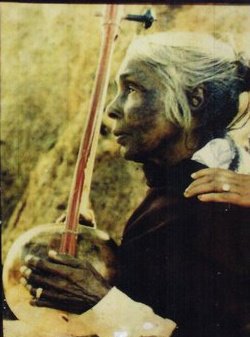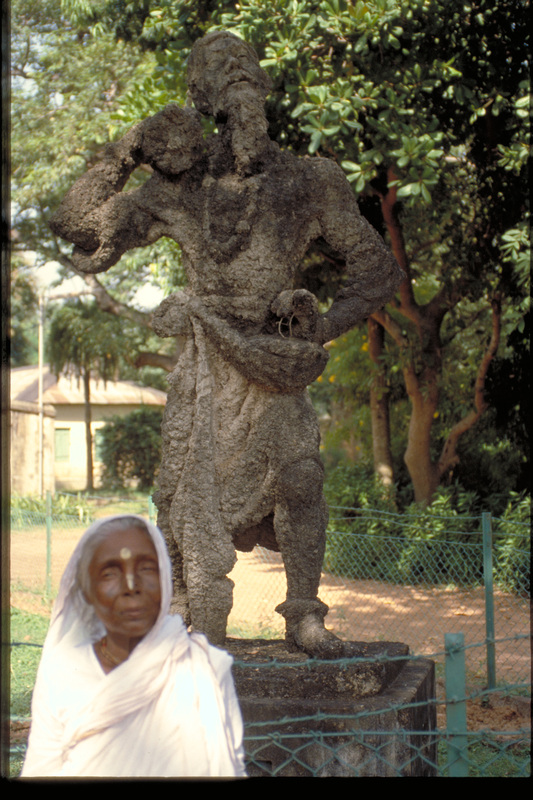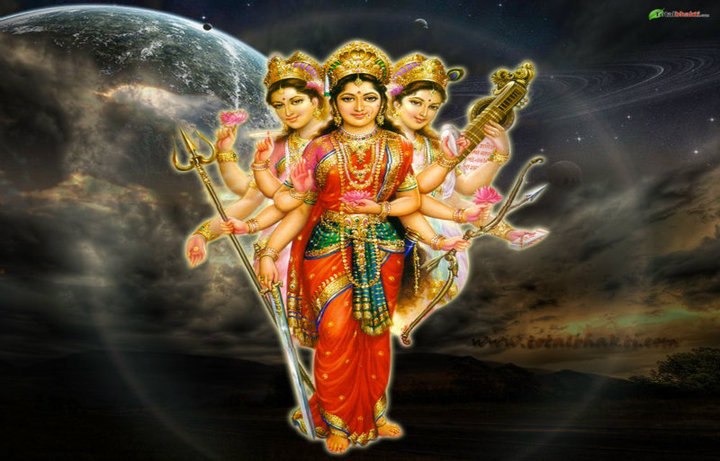
What is impossible to define in human reason, is possible in divine thoughts. Hindu mythology is rich in symbolism and metaphors. They aid in getting an idea across because ideas cannot be contained in a tale. Symbolisms, either realistic or abstract, are open to innumerable interpretations and in this they are unlike specific signs.
The symbolism of the Taj Mahal structure says a million things about the concept of love. Not all ideas can be captured by words. Symbolisms are therefore highly potent and capable of transmitting ideas. The story of Arjuna and Navagunjara from the Mahabharata is one such account which relies heavily on symbolisms.
Navagunjara has the head of a rooster, and stands on three feet, those of an elephant, tiger and deer or horse, the fourth limb is a raised human arm carrying a lotus or a wheel. The beast has the head of a rooster, neck of a peacock, the back or hump of a bull in the shape of a Linga, the waist of a lion, feet of an elephant, a human, a deer and a tiger and the tail is a serpent.
During Arjuna’s stay and penance in the Khandava forests, Navagunjara shows up. He was first terrified. Then the strange features of this creature mesmerized him. He then raises his bow to shoot it. Within those moments, he was fascinated by his own inability to explain the creature’s existence. He could not comprehend the creature for its being and his meeting the creature.
Whichever way he tried to rationalise its existence, Arjuna found the creature beyond all known definitions. Thus it stood before him as if it challenged conventional classification. It also seemed to emerge from beyond the limits of human comprehension. Finally, Arjuna realizes that Navagunjara is a manifestation of Mahavishnu and drops his weapons, bowing before Navagunjara. Pictorials depict this as Arjuna saluting Navagunjara.
There could be various interpretations of this event. It is believed that Vishnu appeared as Navagunjara to impart a very important lesson to Arjuna. He seems to have no idea at all of ‘kathamba uurukkai’, mixed pickled body of the creature. After all Arjuna was a jnani but his mind spins off in confusion. The lesson behind this is the limitation of the human mind. The universe is boundless and innumerable manifestations of energy cannot be expressed or comprehended by the human mind.
There is the proposition that Navagunjara is the sum total of Mahavishnu’s incarnations. In the Bhagavad Gita, part of the epic Mahabharata, there is a point in the discourse between Arjuna and Krishna wherein Arjuna asks the Lord for a vision of his true form. Krishna grants this vision, both glorious and terrifying, in which Arjuna sees the entire universe inside Krishna. This great form of Krishna is called virat-rupa , omnipresent or vast form. Navagunjara is also considered as a variant of Krishna’s virat-rupa.
The different animals and the fusion of the Rooster, Peacock, Bull, Tiger, Lion, Snake, Elephant and Horse represents a spectre of man and animals in perfect harmony. The human hand could represent Mahavishnu or Krishna’s hand. Shakti is well portrayed with the Kundalini serpend, anklets and magnanimous bracelet. Sometimes Navagunjara is depicted with its right fore-leg as the raised hand of a woman holding a Lotus. The overall emphasises is that, we are connected and form a part of a larger living organism.
Arjuna’s raising of the bow in haste symbolizes human reaction in situations which have no precedence. A particular situation could first make no sense and send alarming signals until buddhi is engaged. It is the human intellect that allows different gazes and seeking of the familiar within the unfamiliar, then the whole world of possibilities opens up.
Navagunjara is found sculptured on Lord Jagannath Puri Temple walls. It is also a subject matter of Orissa art.
Hara Hara Mahadeva
(draft Hindu Symbolisms)
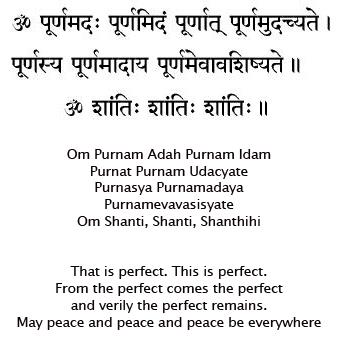

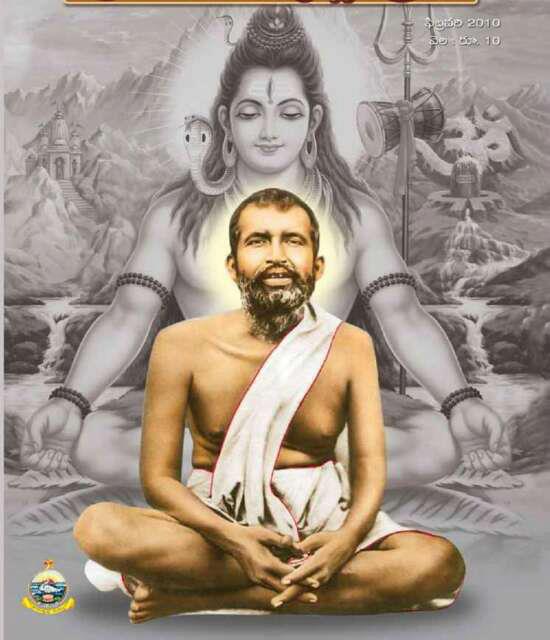

















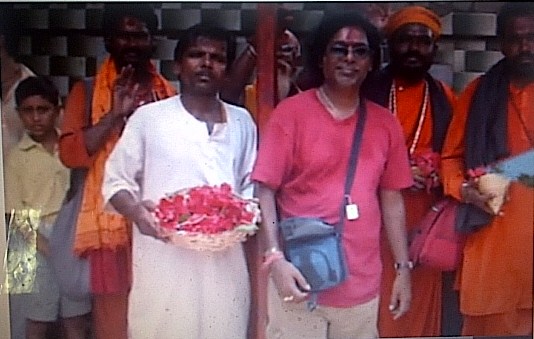




 RSS Feed
RSS Feed
